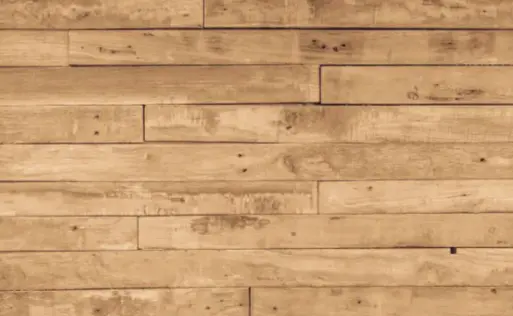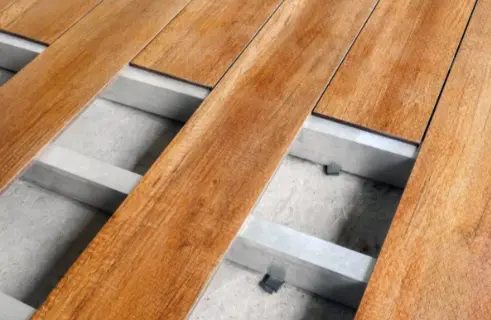The Impact of Material and Installation on Cracking
Sports wood flooring is a staple in modern athletic venues, prized for its exceptional resilience and comfort. However, cracking is a persistent issue that cannot be overlooked. Not only does it detract from the aesthetic and longevity of the flooring, but it can also pose safety risks for athletes. So, how can you prevent sports wood flooring from cracking? The answer lies in choosing the right materials, controlling humidity, and employing proper installation techniques. Each of these factors plays a crucial role in reducing the risk of cracks.

The Relationship Between Material and Cracking
The first step in preventing cracking is selecting the appropriate wood species. The natural grain and density of different types of wood directly influence their durability and stability. Hardwoods like maple and oak are naturally more resistant to cracking due to their dense, tightly woven grain. These woods are less likely to shrink or expand over time compared to softer wood species, making them ideal for sports floors.
However, even the highest-quality wood cannot completely eliminate the possibility of cracking. Wood's inherent properties mean it is still susceptible to temperature and humidity fluctuations. Therefore, ensuring that the wood is dried and treated properly before transportation and installation is key to maintaining its integrity.
Humidity Control and Cracking Prevention
Humidity changes are one of the primary culprits behind wood cracking. Wood contains moisture, and environmental fluctuations in humidity can affect its stability. Before installation, it's important that the wood has acclimatized to the indoor environment, reducing the risk of shrinkage or expansion caused by differences in temperature or humidity.
Indoor humidity levels in sports venues should be maintained within a stable range, typically between 40% and 60%. Both excessively high and low humidity levels can cause the wood to expand or contract, leading to cracks. To help regulate humidity, it may be worthwhile to install humidity control systems within the venue.
Installation Techniques and Preventing Cracking
The right installation techniques are essential to prevent cracking. Even if high-quality wood is used, poor installation can still lead to issues. For instance, proper installation methods require sufficient expansion gaps between boards to accommodate the natural expansion and contraction of wood due to humidity changes.

Additionally, wood should not be installed directly in high-humidity environments without acclimatizing it first. Proper acclimation allows the wood to adjust to the environmental conditions at the installation site, ensuring stability.
Preventing cracks in sports wood flooring requires more than just choosing the right wood; it also involves controlling humidity levels and executing precise installation techniques. Quality woods like maple and oak possess natural crack resistance, but their longevity can be significantly enhanced through proper care and installation. As a professional sports wood flooring manufacturer with years of experience, we are committed to offering you the best solutions in material selection, installation, and maintenance, ensuring your sports venue benefits from durable and reliable flooring.